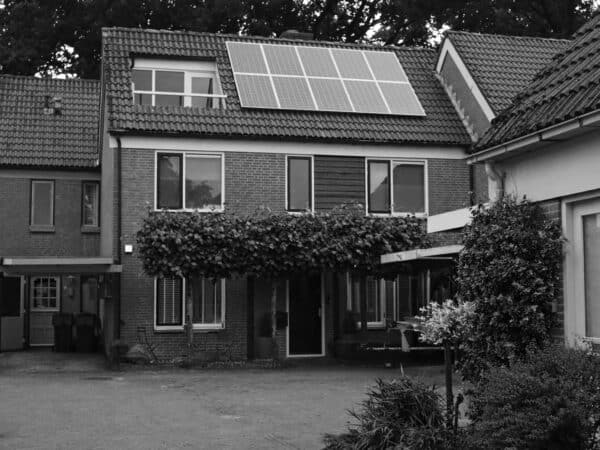How To Read & Assess Your Solar Energy Consumption
Share

BLOG > SOLAR SAVINGS > HOW TO READ SOLAR ELECTRIC BILLS
HOW TO READ SOLAR ELECTRIC BILLS
OCTOBER 14, 2022
As a new or seasoned solar panel system owner, you might wonder how to decipher your solar electric bills.
Depending on your system’s size, your bill is likely much lower than it used to be. In either case, it’s great that you’re saving any amount of money and living more sustainably at the same time.
However, if your electric bills don’t display the energy you believe your panels produce, you might get concerned. But before you can figure out whether there is an issue with your production, you need to understand how to accurately read your electric bill.
[Related: Tips to Save on Energy Costs]
WHAT DOES YOUR ELECTRIC BILL SHOW?
In summary, your electric bill shows only the excess electricity your panels produce.
Any energy that your panels generate automatically goes toward powering your home or business. In turn, it doesn’t go to the grid. Because the grid doesn’t receive your used electric energy, your electric bill doesn’t show it.
So in short, the only solar electricity generation you’ll see on your bill is the excess that your panels produce. Or in other words, it shows the energy you ended up not needing or using.
Utility companies accept your excess solar energy to distribute it on the grid and label it “received” or “credit” on the bill from your electric company. Utility companies that offer net metering programs provide solar credits in return for energy sent to the grid.
Additionally, if you have backup power solutions such as the Tesla Powerwall, your excess energy fills up the battery before going to the grid. Only your excess solar power that is exported to the grid will generate solar credits on your bill.
So, once your solar photovoltaic (PV) system is installed, your local utility will install a bidirectional meter on your home. The bidirectional meter records and reports two readings to your utility:
- How many kilowatt-hours (kWh) go from the grid to your home
- How many kWh go from your home to the grid
NET METERING AND YOUR SOLAR ELECTRIC BILL
Utility companies offering solar power net metering programs subtract the energy you send to them from the energy you receive from them — all via the grid.
The result of that subtraction is your “net consumption” for a given month.
In turn, if your solar panel system generates more energy than your home or business consumes in that month, the result is negative. And in that case, the negative amount is put as credit toward the following month’s electric bill.
Here’s an example of a typical solar net metering bill:
Depending on your utility, it might calculate the energy you send to and from the grid as monetary value. And it then subtracts any solar energy credits you’ve accumulated — which you received in exchange for energy you’ve sent to your utility — from the energy it’s sent you (that is, the energy it charges you for).
As we’ve mentioned, it’s important to understand that the amount of energy that goes from your home to the grid doesn’t represent the total amount of solar energy your system produces.
This is a common area of confusion. The misunderstanding leads many solar users to think their utility isn’t documenting their solar panel system’s full output.
The primary way to see how much energy your system generates is by looking at your solar monitoring portal. Freedom Solar customers who own SunPower solar panels typically use the mySunPower mobile app to see their energy generation and usage.
[Related: Solar Rebates and Incentives]
DAILY ENERGY CONSUMED VS. PRODUCED
One solar panel usually produces 2 kWh of energy per day. However, the total amount of energy your system produces depends on a few factors.
Here are some key areas that affect your output:
- The size of your panels (for example, commercial panels are larger than residential panels)
- The number of solar panels you have
- The efficiency of your panels
The chart below shows a typical day of energy production for a solar PV system.
As you can see, a solar array self-consumes some of the energy it produces. The remaining excess power flows back to the utility. And as noted earlier, your bidirectional meter will measure and report the energy that flows back to your utility via the grid.

